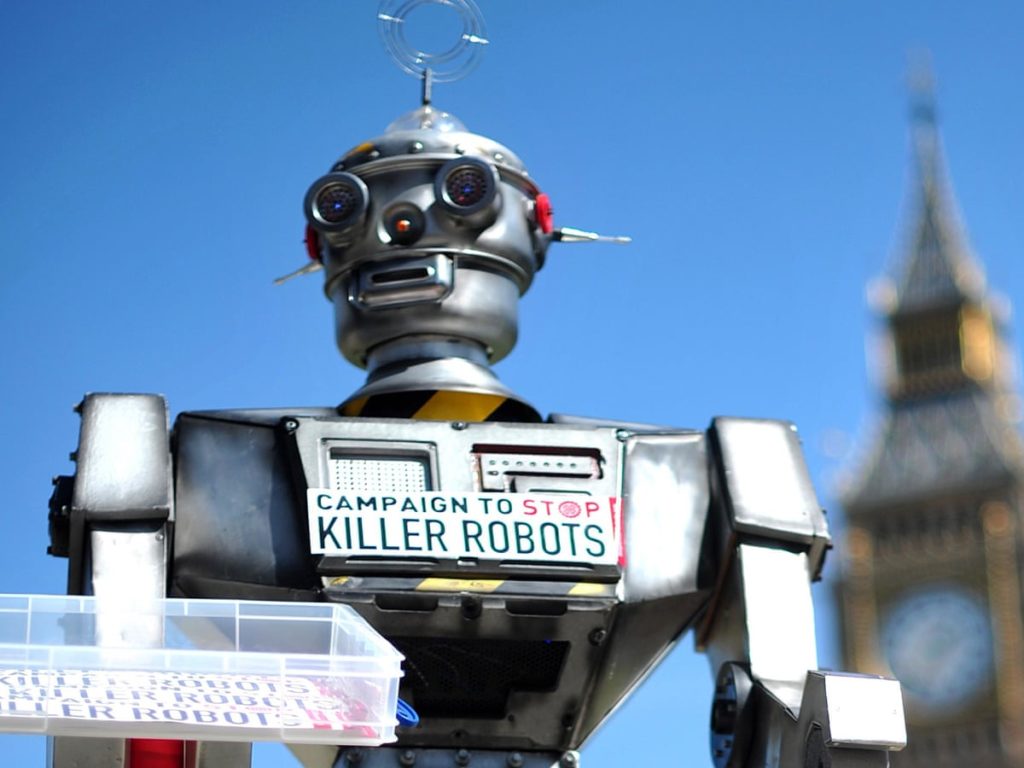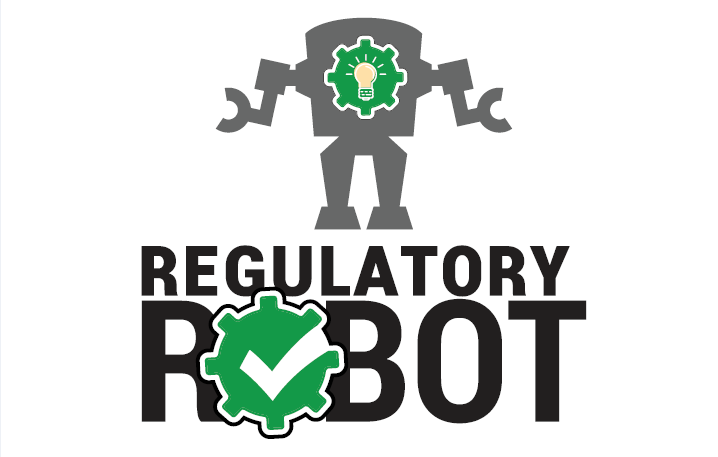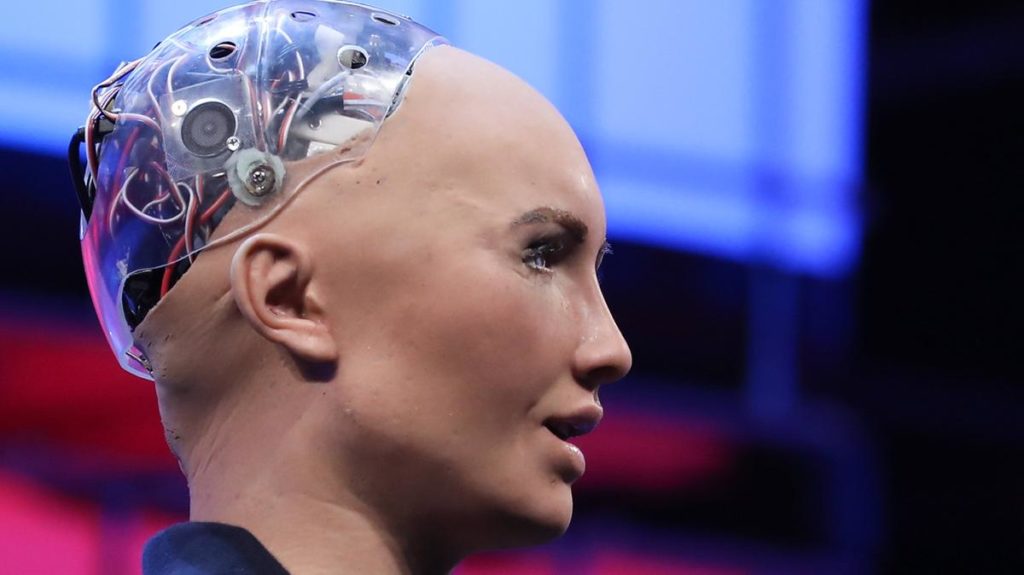Robots are rolling out into the real world and we need to meet the emerging challenges in responsible fashion but one that doesn’t block innovation. At the recent ARM Developers Summit 2020 I shared my suggestions for five practical steps that we could undertake at a regional, national or global level as part of the Five Laws of Robotics presentation (below).
The Five Laws of Robotics are drawn from the EPSRC Principles of Robotics, first developed in 2010 and a living document workshopped by experts across many relevant disciplines. These five principles are practical and concise, embracing the majority of principles expressed across a wide range of ethics documents. I will explain in more detail.
- There should be no killer robots.
- Robots should (be designed to) obey the law.
- Robots should (be designed to) be good products.
- Robots should be transparent in operation
- Robots should be identifiable

EPSRC says that robots are multi-use tools. Robots should not be designed solely or primarily to kill or harm humans, except in the interests of national security. More information is at the Campaign to Stop Killer Robots.

Humans, not robots, are the responsible agents. Robots should be designed and operated as far as is practicable to comply with existing laws and fundamental rights and freedoms, including privacy.

Robots are products. They should be designed using processes which assure their safety and security. Quality guidelines, processes and standards already exist.

Robots are manufactured artefacts. They should not be designed in a deceptive way to exploit users, instead their machine nature should be made transparent.

It should be possible to find out who is responsible for any robot. My suggestion here is that robots in public spaces require a license plate; a clear identification of robot and the responsible organization.
As well as speaking about Five Laws of Robotics, I introduced five practical proposals to help us respond at a regional, national and global level.
- Robot Registry (license plates, access to database of owners/operators)
- Algorithmic Transparency (via Model Cards and Testing Benchmarks)
- Independent Ethical Review Boards (as in biotech industry)
- Robot Ombudspeople to liaise between public and policy makers
- Rewarding Good Robots design awards and case studies
Silicon Valley Robotics is about to announce the first winners of our inaugural Robotics Industry Awards. The SVR Industry Awards consider the responsible design as well as technological innovation and commercial success. There are also some ethical checkmark or certification initiatives under preparation, but like the development of new standards, these can take a long time to do properly, whereas awards, endorsements and case studies can be available immediately to foster the discussion of what constitutes good robots and what are the social challenges that robotics needs to solve.
In fact, the robot registry suggestion was picked up recently by Stacey Higginbotham in the IEEE Spectrum. Silicon Valley Robotics is putting together these policy suggestions for the new White House administration.
I have been writing about topics like this on The Robot State site since 2007 (when I get time :).

